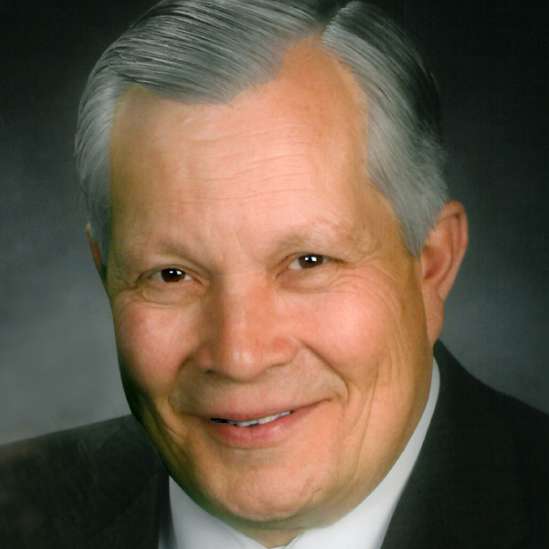
Bill Barrett is a Professor of Computer Science at Brigham Young University where he has served as Department Chair and Associate Chair. He and his wife Hawley are the parents of seven children and eleven grandchildren and recently completely three years of service in the Wisconsin Milwaukee Mission for the Church of Jesus Christ of Latter-day Saints.
Prior to coming to BYU 25 years ago, Dr. Barrett was a research fellow at the National Institutes of Health and worked in private industry for several years, pioneering work in Digital Angiography and 3D Medical Imaging. Since then his research has expanded to cover such diverse areas as pattern recognition in digital document analysis, interactive visualization of 3D environments and interactive segmentation techniques. Professor Barrett founded the Family History Technology Workshop, now in its 11th year, and his former students are pioneering technology for scanning the Church\u2019s collection of microfilm records in the granite mountain vault. His students created Virtual Olympics, a collection of computer graphic animations that were shown by the media and featured on the big screens at each of the individual venues during the 2002 Winter Games here in Utah.
Dr. Barrett is perhaps best known for his landmark research with interactive segmentation tools, namely Intelligent Scissors, introduced in 1995. Intelligent Scissors was adopted into Adobe Photoshop\u2122 as Magnetic Lasso and is used by millions of people throughout the world. Recent follow-on work to this, titled Live Surface, has also received international attention.
Professor Barrett leads an active research group that works in the areas of computer vision, pattern recognition, and image processing with current interest in the field of digital document recognition and analysis, specifically handwriting recognition with a focus on historical documents. To this end he has recently co-founded the HIP'11 workshop (Historical Document Imaging and Processing) in conjunction with ICDAR (International Conference on Document Analysis and Recognition). Dr. Barrett currently has 90 refereed publications.
Dr. Barrett received his Ph.D. (1978) in medical biophysics and computing and his undergraduate degree in mathematics from the University of Utah. He was a research fellow at the National Institutes of Health in the Division of Computer Research and Technology, where he worked with the National Heart, Lung, and Blood Institute.
Current projects include compression, recognition, and extraction of information contained in digitized microfilm for Family History research. If there is anything more fun than hatching, cultivating and seeing a new idea come to fruition, Dr. Barrett would like to know what it is.
Computer Vision, Image Processing, Pattern Recognition, Image Segmentation, Intelligent Scissors, Intelligent Paint, Digital Microfilm, Document Recogntion and Understanding